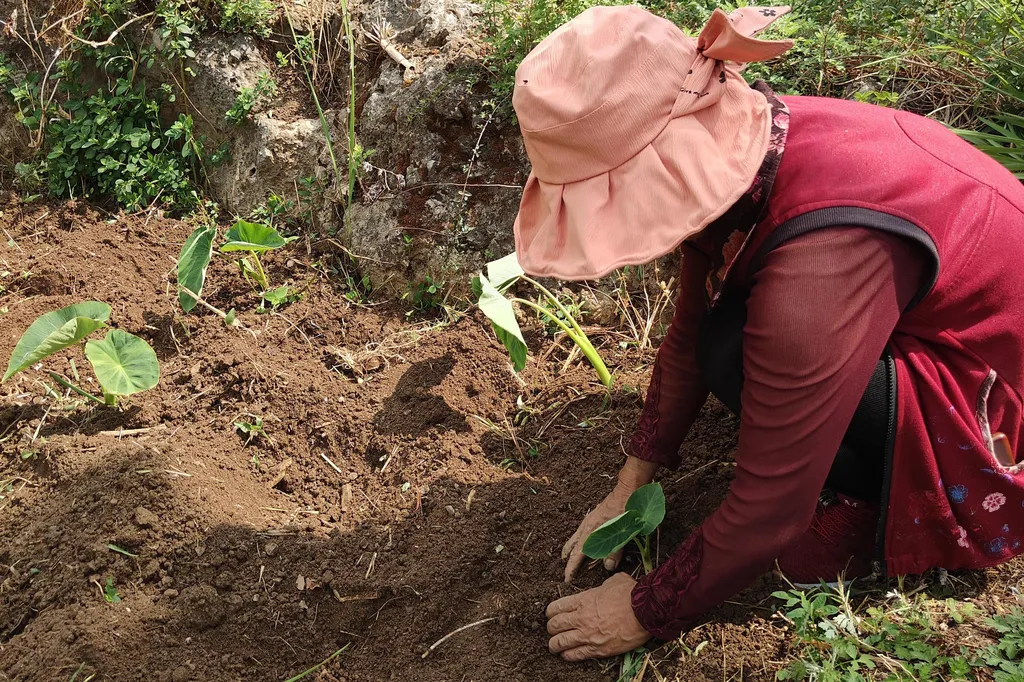In the heart of China, a significant shift is underway in the way farm households are adapting to the pressures of small watershed management, and the implications for the energy sector and rural economies are profound. A recent study published in the journal *Ecological Indicators* (translated as “生态指标” in Chinese), led by Yaru Sun of the Key Laboratory for Geographical Process Analysis & Simulation of Hubei Province at Central China Normal University, sheds light on how these changes are reshaping livelihoods and offering new opportunities for sustainable development.
The research, conducted in the Luma River (Miquan Lake) small watershed, reveals that ecological governance is disrupting traditional livelihood structures, pushing farmers to adapt in innovative ways. “Ecological governance has affected the farmers’ traditional livelihood structures,” explains Sun. “The relocation and consolidation of villages have introduced livelihood perception risk, but farmers are responding with a willingness to adapt.”
This adaptability is evident in the shift from traditional agriculture to modern tourism, as well as changes in crop cultivation patterns. However, the study finds that the overall livelihood adaptive capacity (FHLAC) of farm households remains predominantly low to moderate. The willingness to adapt contributes significantly more to FHLAC than other factors, highlighting the importance of mindset and motivation in driving change.
The study identifies several key factors influencing FHLAC. In the livelihood pressure dimension, the attainment rates of village relocation and consolidation, as well as cropland circulation, are crucial. In the livelihood capital dimension, housing structure, the proportion of the labor force, and the presence of rural elites play significant roles. External factors such as tourism development, residential environment enhancement, and special planting and breeding projects implemented by small watershed management, as well as village slope and rural road density, are also critical drivers.
For the energy sector, these findings offer valuable insights. As rural economies diversify and modernize, there is potential for new energy solutions to emerge. For instance, the shift towards tourism could create opportunities for renewable energy projects, such as solar or wind power, to support the growing demand for sustainable and reliable energy in these areas.
Moreover, the study’s emphasis on the willingness to adapt suggests that policies and initiatives aimed at fostering this mindset could be instrumental in driving sustainable development. “The diversity of adaptation strategies dominates the willingness to adapt dimension,” notes Sun. This indicates that providing farmers with a range of options and support could enhance their ability to adapt and thrive in the face of ecological pressures.
The research provides a scientific basis for guiding sustainable livelihood development and rural revitalization strategies. As human-land relations continue to evolve, understanding and leveraging these dynamics will be crucial for shaping a sustainable future. The findings from this study not only inform policy but also offer a roadmap for investors and entrepreneurs looking to tap into the growing opportunities in rural revitalization and sustainable agriculture.
In the broader context, this research underscores the importance of integrating ecological conservation with economic development. As the world grapples with the challenges of climate change and environmental degradation, the lessons from the Luma River watershed could offer valuable insights for other regions facing similar pressures. By fostering a willingness to adapt and providing the necessary support, communities can transition towards more sustainable and resilient livelihoods, paving the way for a greener and more prosperous future.

